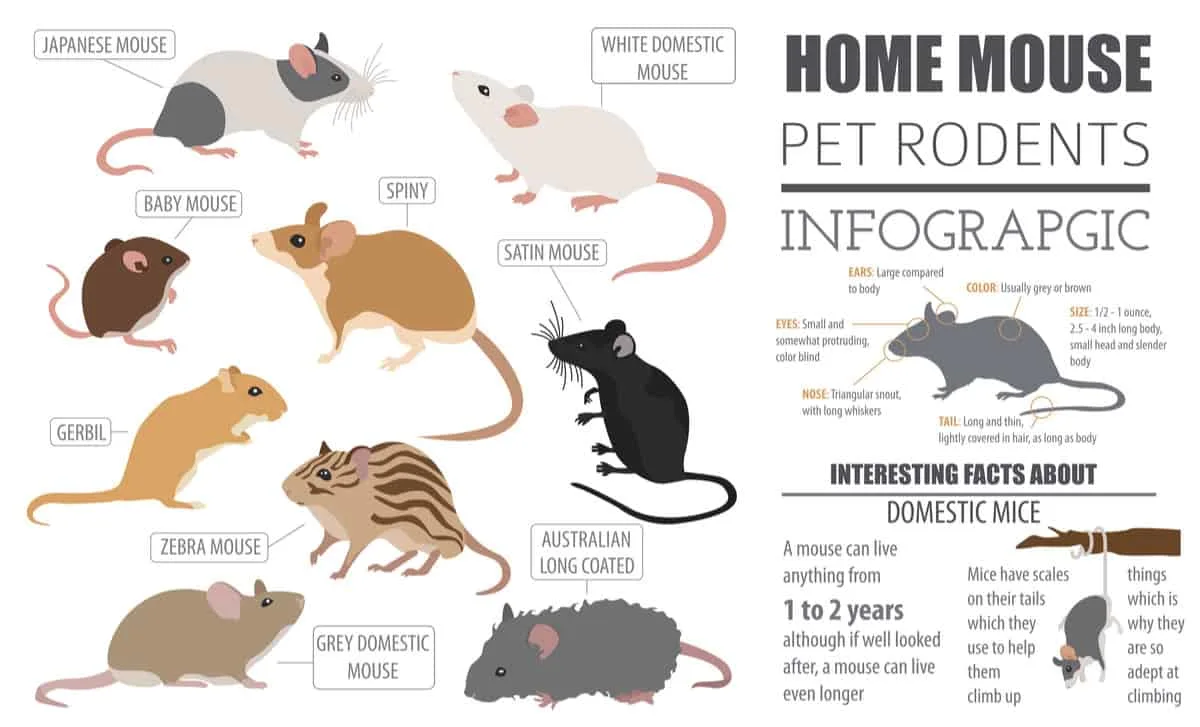In contemporary discourse surrounding animal welfare, an unsettling conundrum emerges: our selective compassion towards different species reflects a complex tapestry of social norms, economic interests, and psychological biases. Amidst this backdrop, rodents—often regarded as pests and carriers of disease—are subjected to a litany of sufferings due to legal frameworks that, paradoxically, seem to prioritize the welfare of animals deemed more ‘socially acceptable’. This raises an essential query: are we selectively compassionate? Delving into this question reveals not only the legal gaps in rodent protection but also prompts a larger reflection on humanity’s relational dynamics with animals.
Rodents, including mice and rats, are ubiquitous and adaptable creatures. Crucial participants in the ecosystem, they fulfill vital roles, such as seed dispersers and prey for numerous predators. Nevertheless, societal perceptions vilify these species, relegating them to the status of vermin. This negative stereotype often engenders a dismissive attitude towards their well-being. Consequently, legal protections akin to those afforded to companion animals remain conspicuously absent for rodents. The deep-seated notion that some animals are deserving of empathy while others are not prompts an uncomfortable realization about the prejudiced hierarchies we construct within the animal kingdom.
Examining legislative frameworks reveals stark divergences when it comes to animal protection laws. In most jurisdictions, animals considered as companions, such as dogs and cats, are covered under a patchwork of animal cruelty statutes, offering them some level of protection from neglect and abuse. In contrast, rodents occupy a legal limbo. The federal Animal Welfare Act, which provides some protections for animals in research and exhibition, excludes many rodents. Consequently, these creatures are subjected to inhumane treatment in various industries, ranging from research laboratories to pest control services, with few legal ramifications for their suffering.
This predicament is underscored by the practices commonly employed in rodent management, where ethical and humane considerations are often overridden by economic priorities. Traps designed for instant kill, while efficient from a pest control perspective, raise ethical concerns. The discomfort lies not merely in the method employed, but in the evident absence of humane alternatives that respect all life forms. Proponents of these methods may argue for their effectiveness, yet such claims skirt the moral implications inherent in the pain inflicted upon sentient beings. Furthermore, the minimal investment in humane rodent control solutions signals a societal neglect—a reluctance to engage fully with the ethical dimensions of our interactions with these animals.
Moreover, the scant legal protections offered to rodents must be situated within a broader historical context. Humanity’s dominion over nature has often been fortified by a narrative that positions certain species as deserving of compassion based on their utility or affinity with humans. Dogs exemplify loyalty, while cats offer companionship, thereby eliciting affectionate responses from their caretakers and society at large. Conversely, rodents have long been stigmatized as sources of filth and disease, a perception that overshadows their intrinsic worth and the ethical imperatives of empathy. This discrepancy hints at deeper psychological layers—our relationships with animals mirror our own insecurities, reflecting cultural attitudes towards health, cleanliness, and control.
Addressing the legal gaps in rodent protection necessitates a paradigm shift in how society views these creatures. Education plays a crucial role; increased awareness can foster empathy and understanding of rodents as integral components of the ecosystem rather than mere nuisances. Advocating for humane treatment in pest management can encourage the development of more compassionate practices that prioritize coexistence over extermination. For instance, utilizing live traps and humane deterrents cultivates a more respectful approach, allowing for the safe relocation of rodents while recognizing their ecological roles.
Legislative reforms are equally critical. As societal attitudes evolve, so too should the laws governing animal welfare. Expanding the definitions within existing statutes to include humane treatment protocols for all animals, irrespective of their perceived social value, can ensure that rodents receive the consideration they warrant. Activism aimed at closing these legal loopholes can generate momentum, prompting discussions that challenge prevailing biases and pave the way for progressive change in animal rights.
In understanding this selective compassion, we must confront uncomfortable truths about our ethical frameworks. Our treatment of rodents mirrors broader societal issues—such as the commodification of life and the ongoing struggle for justice across various domains of existence. Compassion should not be contingent upon the species’ utility to humanity but should be an intrinsic aspect of our shared moral obligation towards all sentient beings. The discrepancies in compassion reveal not only a legal plight but an ethical quandary, compelling us to introspect on the values we embody as stewards of a diverse ecosystem.
In conclusion, addressing the legal gaps in rodent protection is not merely a matter of animal rights; it is a reflection of our collective humanity. As we strive for a more equitable world for all species, let us dismantle the barriers of selective compassion. Embracing a holistic perspective towards all animals will undeniably enhance our moral fabric, catalyzing profound changes in both societal perceptions and legal frameworks. Ultimately, fostering a culture of compassion that transcends species boundaries can lead to a more harmonious coexistence, benefitting both humanity and the innumerable creatures with whom we share this planet.






